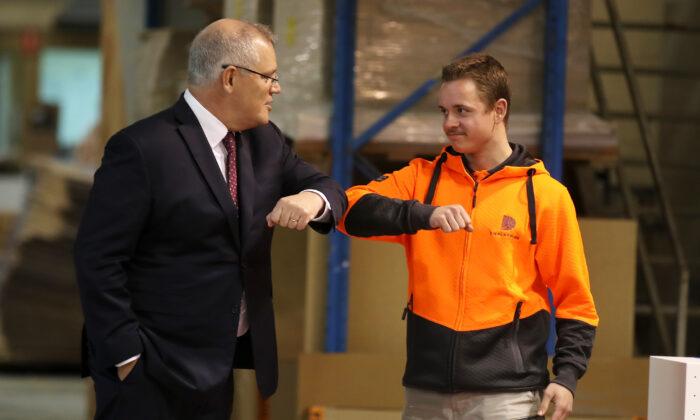A potential 250,000 people could be on unemployment benefits after the JobKeeper wage subsidy officially ended on March 28, according to the Australian Council of Social Service (ACOSS).
ACOSS chief executive officer Cassandra Goldie said that the scheme’s end was a distressing day for Australians.
“I guess many people are waking up this morning not sure what their future’s going to be,” Goldie told 7News on Monday. “We’re not out of the health pandemic yet, borders are still closed, and many industries are still distressed.”
But Prime Minister Scott Morrison said that Australians knew that there would come a day when the government would have to step back from the JobKeeper.
“That should be seen as a statement of confidence in the Australian economy and in Australian businesses because you can’t run the Australian economy on taxpayers’ money forever,” Morrison said.
New government figures show there were one million employees and 379,000 businesses that were still reliant on the JobKeeper subsidy at the end of January.
Treasury boss Steven Kennedy also estimated that the jobless figure when the JobKeeper program finished wouldn’t be trivial.
“We believe that 100,000 to 150,000 JobKeeper recipients may lose employment at the completion of the program, though there is a wide band of uncertainty around this estimate,” Kennedy told senators in Canberra.
He said that JobKeeper has played a critical role in returning the economy’s health but should discontinue as other support measures take effect and allow the economy to continue adjusting because if allowed to continue, the subsidy would likely have many adverse impacts.
“In particular, it distorts wage relativities, it dampens incentives to work, it hampers labour mobility and the reallocation of workers to more productive roles, and it keeps businesses afloat that would not be viable without ongoing support,” Kennedy said.
Since JobKeeper was first introduced in April, more than 2.7 million employees and about 680,000 businesses have left the scheme, representing a 72 percent drop.
Data from the Australian Taxation Office also shows that all industries have seen a significant fall in the number of employees covered by JobKeeper, including an 83 percent fall in retail and a 69 percent drop in accommodation and food services.





